Using 1440p (QHD) displays with Windows 10 allows you to be far more productive than with older 1080p (Full HD) monitors. We've rounded up the best computer monitors that support this resolution.
Best overall: Razer Raptor 27
The Razer Raptor 27 has a 1440p resolution and is one of our favorite displays, period. The IPS panel has a refresh rate of 144Hz, which is great for both work and play. There's also full support for AMD FreeSync or NVIDIA G-Sync for butter-smooth gaming, and HDR400 with a max brightness of around 420 nits.
Razer struck a fine balance between gaming, pro graphics, and stylish design.
It's not just gaming where this panel truly shines, however. There are plenty of ports, including DisplayPort 1.4, HDMI 2.0b, USB Type-A 3.2 Passthrough, and a single USB Type-C PD (DP1.4 in Alt-mode). It's friendly with DCI-P3, has a non-glare finish on the panel itself, AdobeRGB color accuracy, and the WQHD resolution make this a suitable choice for photo and video editing.
The design of the Raptor 27 breaks the mold a little, including RGB lighting and fresh-looking cable management. It's not a cheap panel, but Razer has managed to strike a remarkable balance between gaming, pro graphics, and a stylish design that has been absent from this category.
Pros:
- Non-glare IPS WQHD
- Outstanding color accuracy
- HDR + 144Hz
- Cable management and design
- NVIDIA G-Sync and AMD FreeSync
Cons:
- Expensive
- Proprietary cables
Best overall
Razer Raptor 27 monitor
Perfect for gaming or graphics work
Razer created the perfect display for both work and play, allowing you to get more done during work hours and in your downtime.
Runner-up: Dell S2721DGF
There are several trustworthy 1440p panels available, depending on what you're after. Some screens support AMD FreeSync while others go with NVIDIA's G-Sync. But our best option here is a display that can be used for both work and play, all without destroying the budget on a new PC build. The Dell S2721DGF has been around for some time but still holds up against the competition and newer models.
Dell focused on making a solid 1440p display.
AMD FreeSync is available and present for smoother gameplay. The Dell S2721DGF aesthetics are clean and pleasing to look at, ideal for something you'll be staring at for hours at a time. The stand itself is more than adequate to support the monitor's weight, and the option for VESA mounting ensures you're able to fit the display into the work environment.
When it comes to the visual experience, Dell has opted for an IPS panel, and everything works to a high standard even before calibration. For connectivity, the S2721DGF offers a single HDMI (2.0) and two DisplayPort (version 1.4/MST), so you'll be able to not only hook up a Windows PC (or Mac, depending on which team you support) but also a game console.
Pros:
- Great color reproduction
- IPS panel technology
- VESA mount support
- Dead pixel replacement
- AMD FreeSync
Cons:
- Mediocre contrast
Runner-up
Dell S2721DGF monitor
A solid 1440p display
Dell offers an affordable monitor with reliable color reproduction, a thin bezel, IPS tech, and attractive aesthetics.
Best creative: BenQ SW2700PT
BenQ makes some killer professional displays, and the SW2700PT is a tremendous 1440p option. The QHD resolution combined with USB Type-C ports allows you to daisy-chain up to four of these displays for extended screen real estate. You've also got killer color reproduction with 100% sRGB and Rec.709 color space support.
Where it does suffer is in the gaming department. There's no sync tech support for FreeSync or G-Sync, and the refresh rate is locked to a maximum of 60Hz. The response time is pretty good, though, coming in at 5ms; just don't expect flawless performance in the latest titles.
In an attempt to sweeten the deal, BenQ also added in a darkroom, CAD/cam, and animation display modes for the more creative owners. Combined with the panel itself, you know the content displayed is going to look sharp.
Pros:
- Gorgeous colors
- Thin bezels
- Stunning design
- Excellent colors
- USB Type-C dock
Cons:
- 60Hz refresh rate
Best creative
BenQ SW2700PT monitor
A gorgeous display with handy features
BenQ offers some premium displays, and this 27-inch model is a stunning option for anyone looking for a new 1440p display.
Best value: Acer V277U
This isn't Acer's best gaming display, and it's certainly not the most advanced screen on the market. But it'll let you play games with some promising results at an attractive price. We've got the QHD resolution, the response time of just 4ms, 60Hz, IPS panel tech, but no sync tech support.
Unfortunately, for gamers, to truly enjoy games how developers intended, they need to fork out for vastly more expensive monitors. Still, you can enjoy the latest PC titles with this panel from Acer, so long as you don't mind the slower refresh rate. Because it's an IPS panel, the colors and viewing angles are solid.
Pros:
- Affordable
- IPS display
- Thin bezels
- VESA mounting
- Solid colors
Cons:
- No sync support
- 60Hz refresh rate
Best value
Acer V277U
Ideal for those on a budget
The 1440p resolution of the Acer V277U allows for gaming with higher fidelity and increased workloads during the day.
Best G-Sync: LG 27GL83A-B
This is a solid, well-priced gaming display, especially if you own an NVIDIA GPU. LG included NVIDIA's G-Sync technology, which allows the monitor and your GPU to communicate with each other directly, allowing for a synchronized output, matching the refresh rate of the display with your current frame rate. This makes for a vastly smoother visual experience.
Couple this technology with the 1440p resolution, super-fast 1ms response time, 144Hz refresh rate, and other features like lower blue light emissions, and you've got one killer display for downtime. The only drawback for some may be the price, but it's well worth it if your budget can stretch a little.
Got enough for more than one? You'll be able to hook up two of these and take advantage of the extended screen real estate with small bezels to create a more immersive experience.
Pros:
- 144Hz refresh rate
- 1ms response time
- Great for gaming
- G-Sync
- Small bezels
Cons:
- Pricey
Best G-Sync
LG 27GL83A-B
For when you want tear-free gameplay
1440p resolution? Check. 144Hz refresh rate? Check. 1ms response time? You got it. Support for NVIDIA G-SYNC technology? Game on.
Best FreeSync: Acer Nitro VG271U
Acer is also known for its gaming displays, and the Nitro VG271U is an excellent option for AMD GPU owners. There's a refresh rate of 144Hz, a response time of just 1ms, and an IPS panel to make everything look great on-screen. FreeSync is similar to NVIDIA's G-Sync, allowing the monitor and GPU to communicate for a smoother gaming experience. Its connectivity also works well for next-generation console gaming, with FreeSync VRR especially important among the best monitors for Xbox Series X and Xbox Series S right now.
Acer has this display calibrated well from the factory, allowing you to simply plug and play. It ticks all the right boxes for an AMD gaming rig, and there's even HDR, though it's not the best. Top all this off with a pretty attractive design, and it becomes a monitor you should consider.
Pros:
- Great value
- Excellent gaming display
- FreeSync
- 144Hz refresh rate
- 1ms response time
Cons:
- HDR isn't perfect
Best FreeSync
Acer Nitro VG271U

A worthwhile investment for any AMD gamer
Our AMD FreeSync pick goes to Acer. The Nitro VG271U comes rocking HDR and solid visuals.
Best Ultrawide: Philips Brilliance 499P9H
The Philips Brilliance 499P9H is simply stunning. It's absolutely huge. Think of this monitor as a replacement for a dual 1440p screen setup and you'll need the available desk space. Because you're effectively combining two screens into one, you can get a lot more done at once.
This panel has solid color accuracy, supports HDR400, has a resolution of 5120x1440, a pop-up Windows Hello webcam, and VESA support for mounting it somewhere. It's just not great for gaming thanks to the lack of any sync support. Out-the-box calibration tests resulted in higher than 100% sRGB and 86% AdobeRGB and a brightness of 491 nits, which are all excellent.
If you need an ultrawide monitor, have space for such a huge display, and don't mind missing out on G-Sync technology for a little gaming on the side, the Philips 499P9H is a fantastic PC monitor. Not only does it boast excellent color accuracy out of the box, but it also sports solid levels of brightness for the HDR certification and even comes with a built-in webcam for Windows Hello.
Pros:
- Color accuracy
- HDR 400
- 5120x1440 resolution
- Windows Hello webcam
- VESA
Cons:
- HUGE size
Best Ultrawide
Philips Brilliance 499P9H
Curved and 1440p
Philips offers a compelling package here with an extended 1440p resolution, all in a curved chassis.
Bottom line
We'd recommend anyone setting up a new PC to use a 1440p monitor. Dell's S2721DGF offers IPS technology, solid colors, high clarity, and connectivity in an affordable package. Not only will you be able to use this display for work, but also for some downtime with movies or games.
There are plenty of 1440p displays around, but this one takes our number one spot. You may need to sacrifice synchronization with AMD and NVIDIA GPUs for gaming, but as long as your GPU is powerful enough to throw enough frames at the display, you'll not notice much of an issue. For a monitor that works for productivity and gaming, look no further.
If you're all about saving some money, the Acer V277U is your ideal solution. Not only is this the most budget-friendly monitor in our roundup, but it also rocks an IPS panel, thin bezels, VESA mounting support, and excellent color reproduction. There's just no synchronization support or a refresh rate above 60Hz.
Credits — The team that worked on this guide
![]()
Rich Edmonds is a staff reviewer at Windows Central, which means he tests out more software and hardware than he cares to remember. Joining Mobile Nations in 2010, you can usually find him inside a PC case tinkering around when not at a screen fighting with Grammarly to use British words. Hit him up on Twitter: @RichEdmonds.
Richard Devine is a Reviews Editor at Windows Central. You'll usually find him deep in hardware, gaming, both or drinking root beer for which he openly has a mild addiction.
Daniel Rubino is the executive editor of Windows Central. He has been covering Microsoft since 2009, back when this site was called WMExperts (and later Windows Phone Central). His interests include Windows, Surface, HoloLens, Xbox, and future computing visions. Follow him on Twitter: @daniel_rubino.
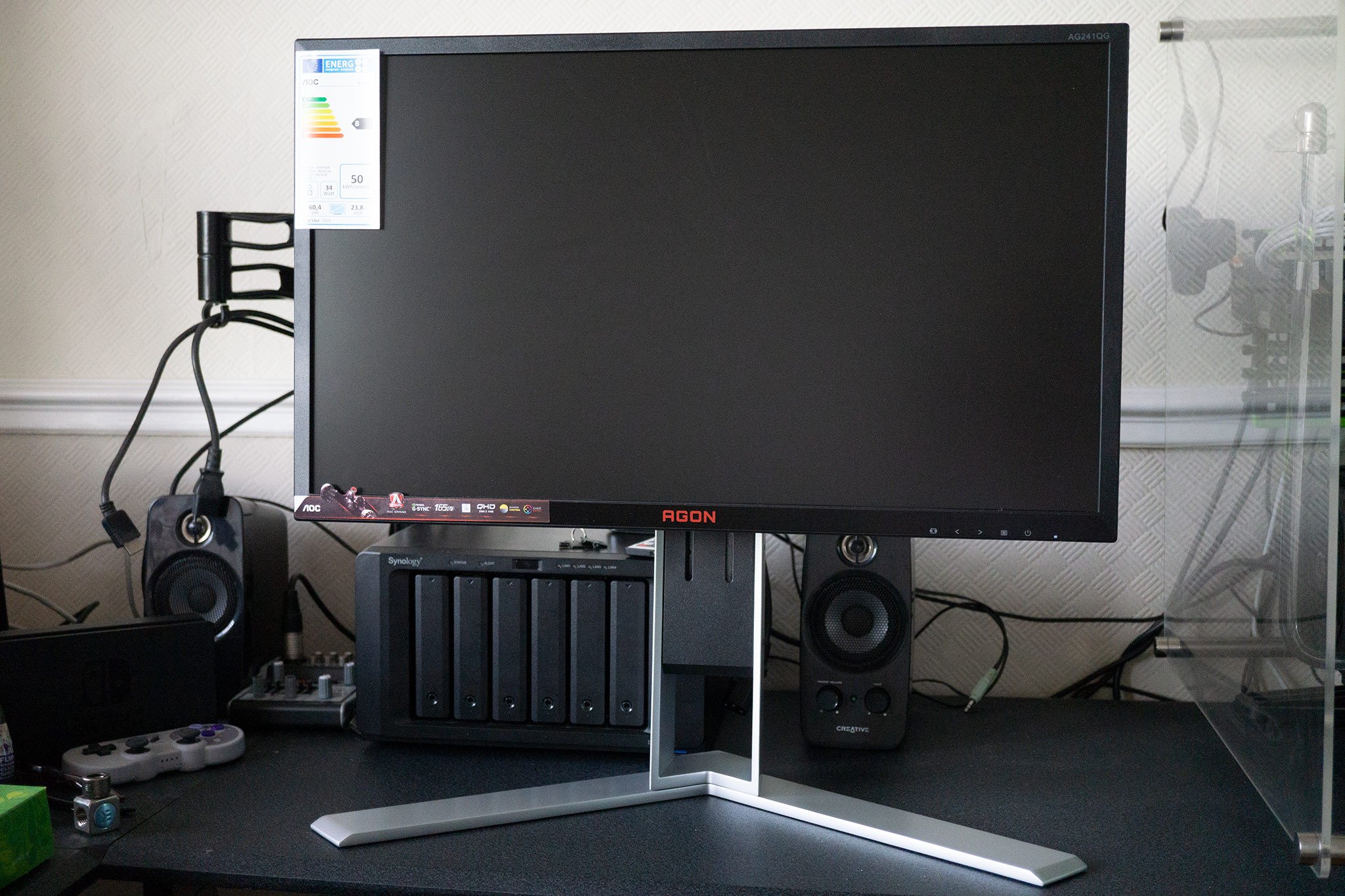


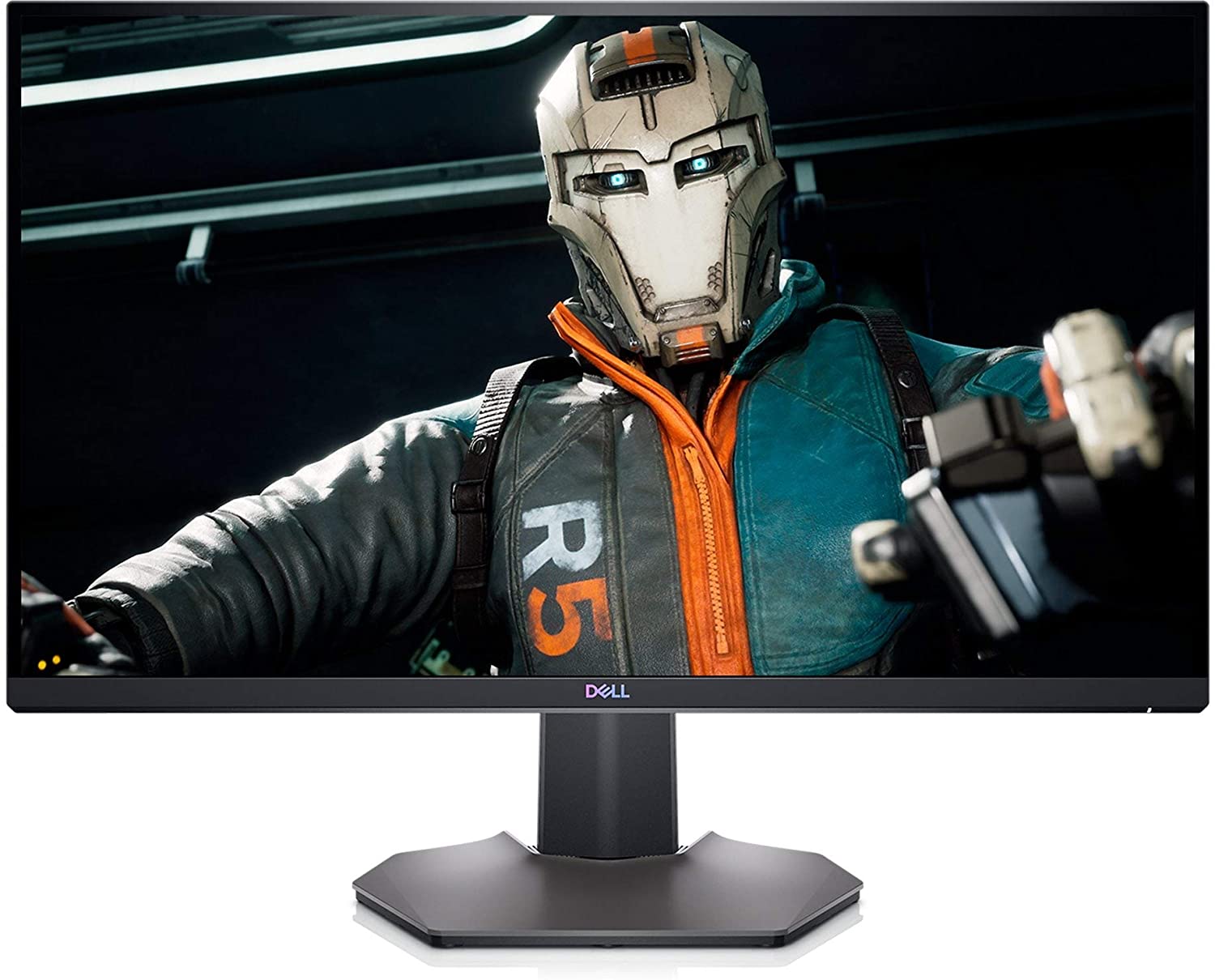


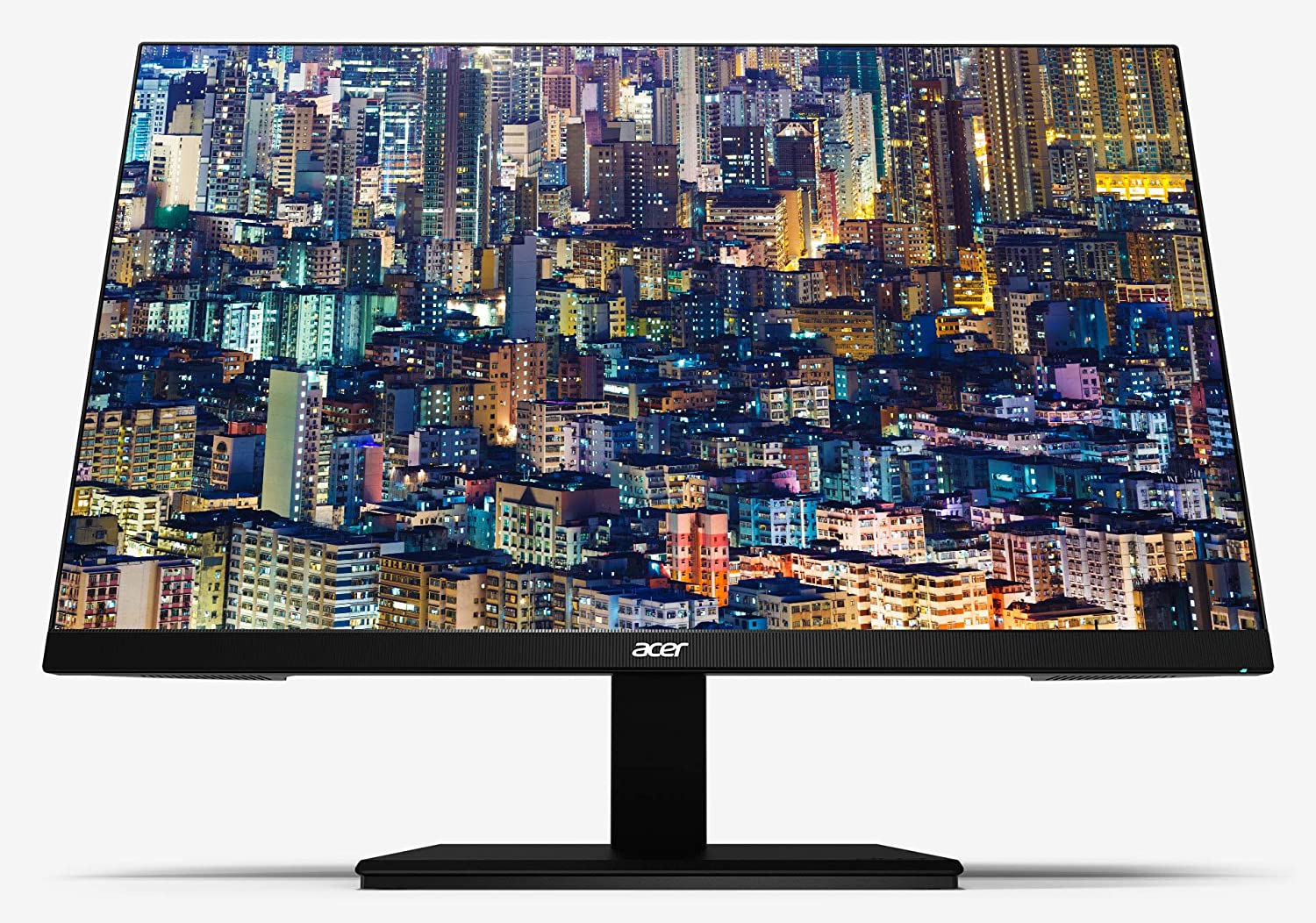

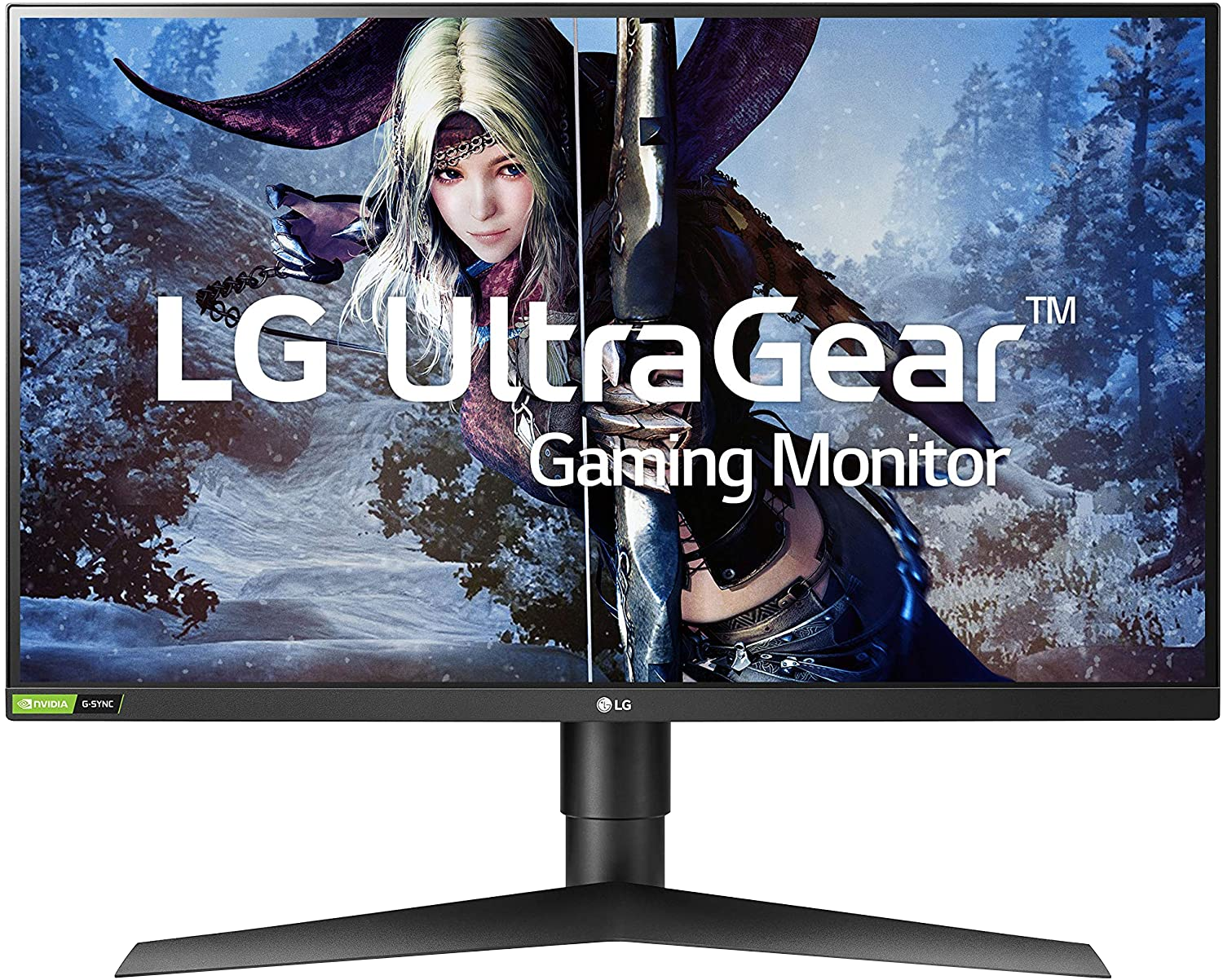
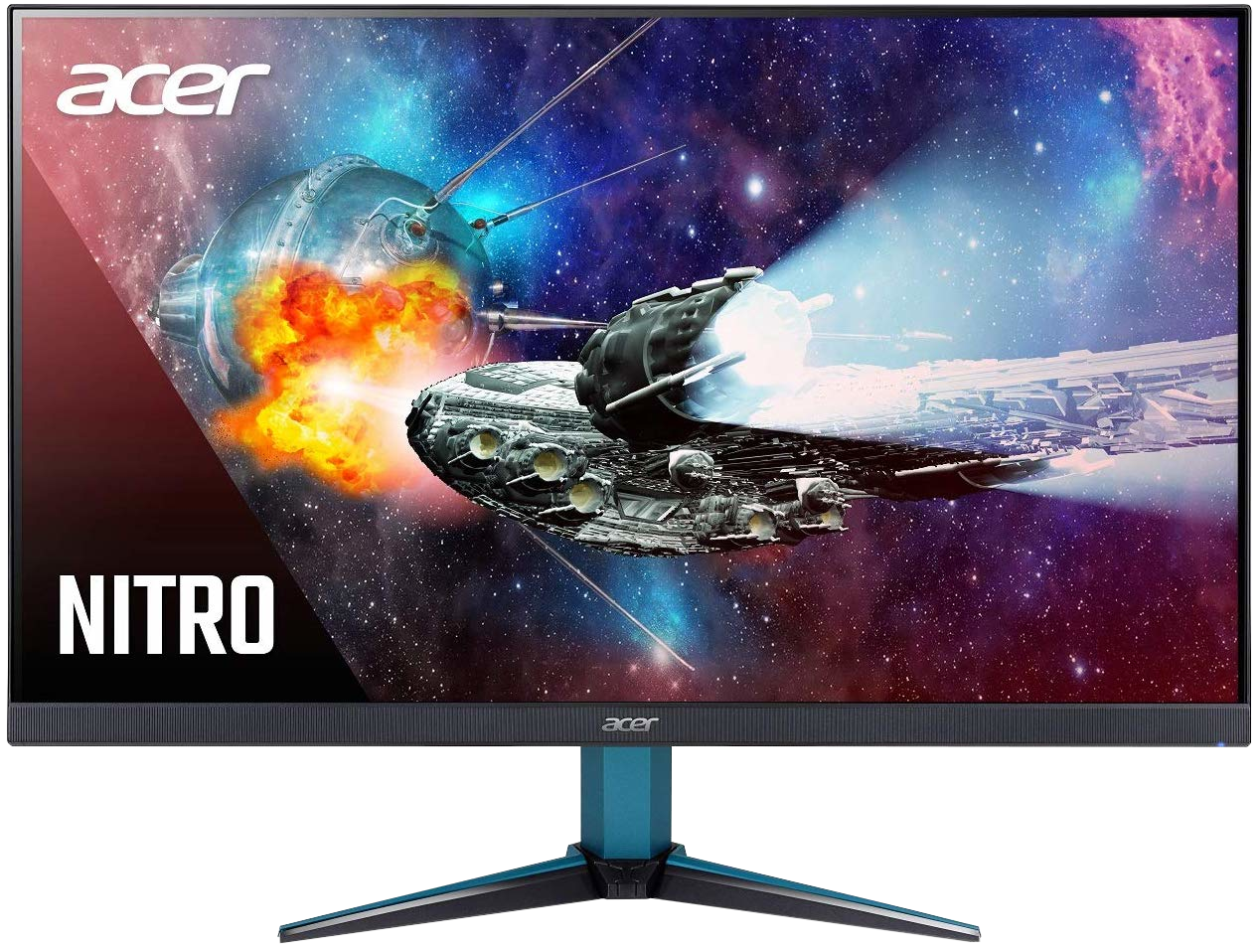
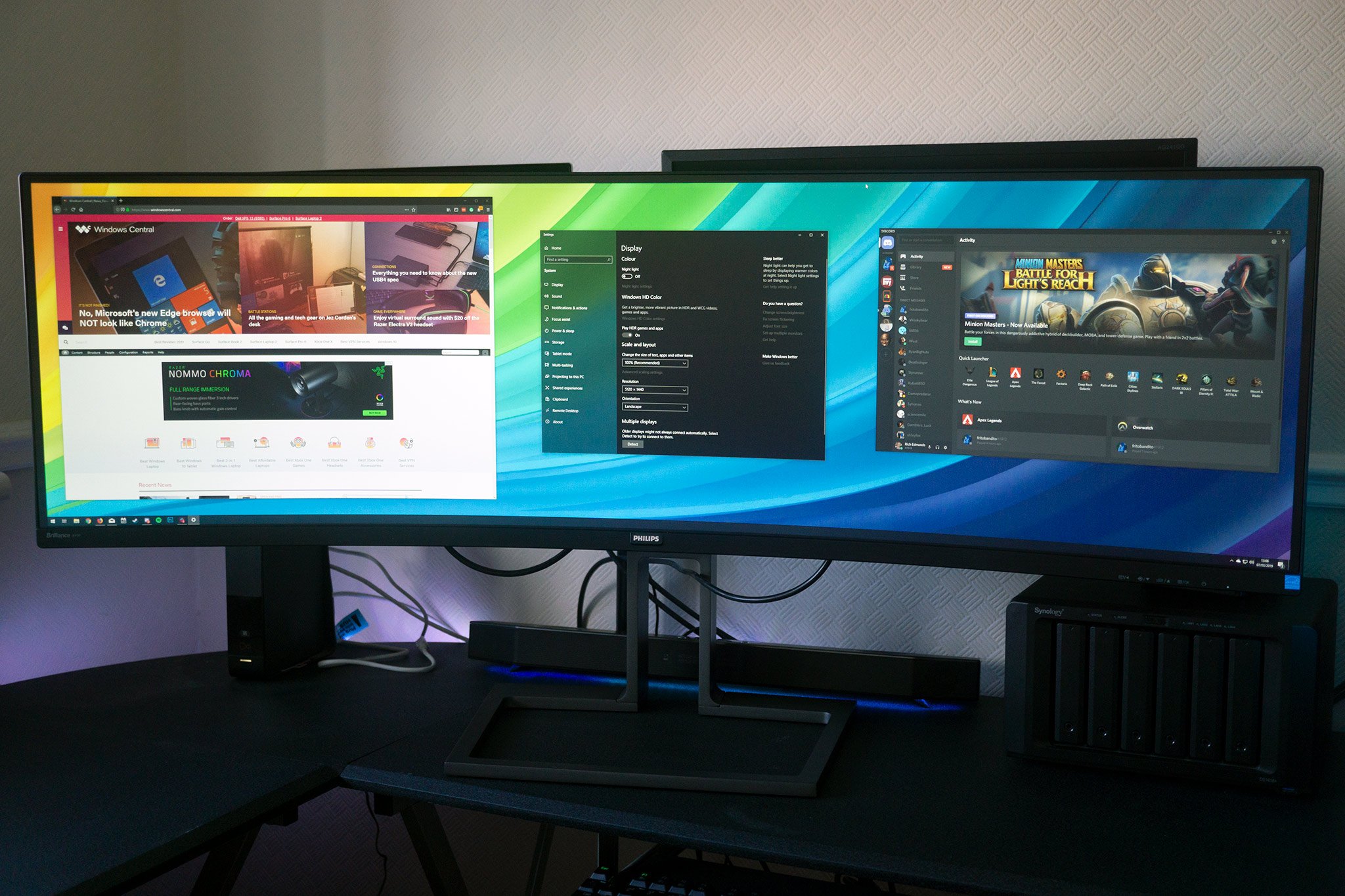


No comments: